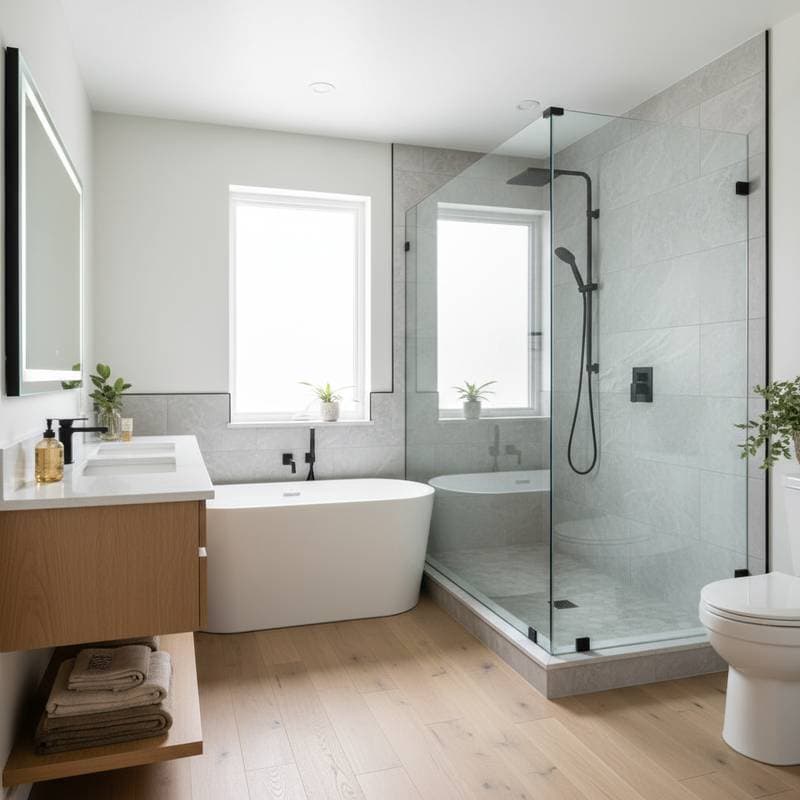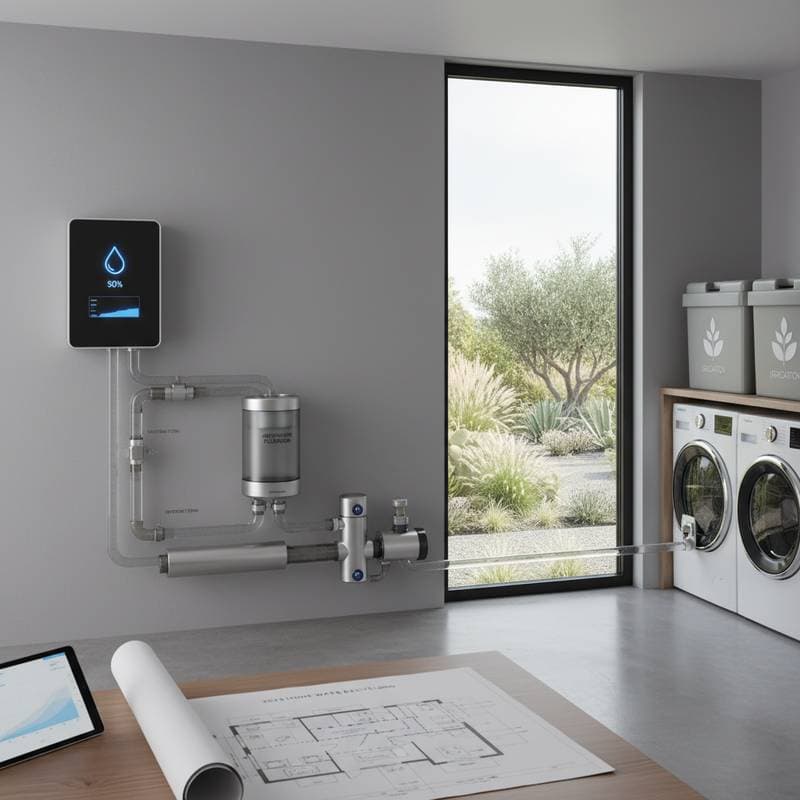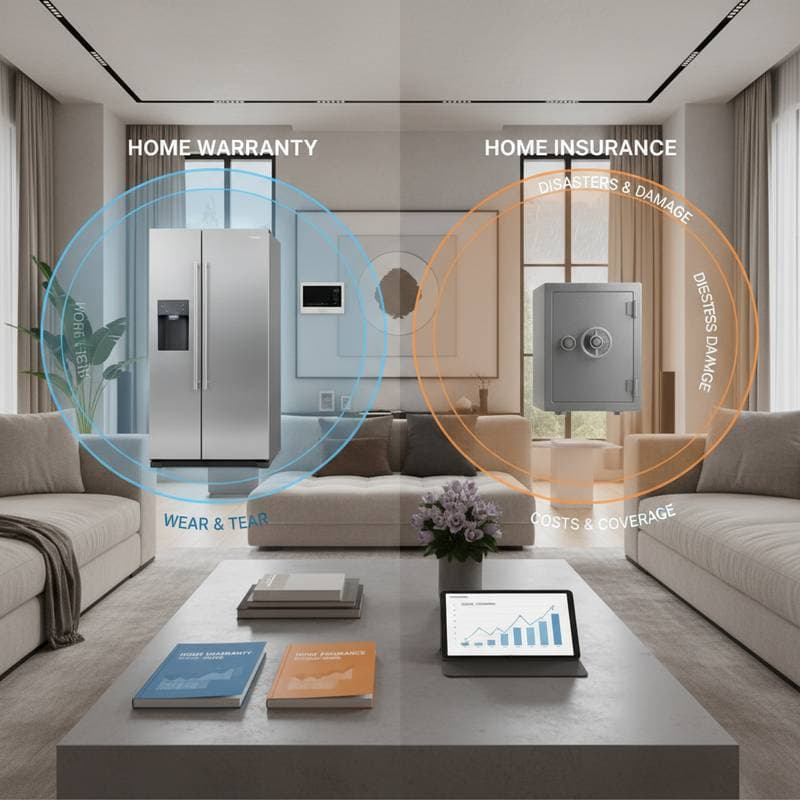Does Home Warranty Cover Slab Leaks?
A slab leak transforms an ordinary day into a major plumbing crisis. Water infiltrating beneath the concrete foundation erodes flooring, compromises structural integrity, and fosters mold growth long before detection. Homeowners frequently question whether their home warranty addresses such expensive fixes. The response is conditional, hinging on the leak's origin and precise policy language.
Defining a Slab Leak
A slab leak arises when pipes embedded under the home's concrete slab develop leaks. These pipes typically form part of the primary water supply or drainage systems. Factors such as corrosion from mineral buildup, soil movement due to erosion or settling, or initial installation flaws lead to cracks and perforations over years. A minor breach releases multiple gallons of water daily, inflating water bills and undermining the foundation's stability.
Detection proves challenging because the issue remains concealed. Indicators include unusually warm areas on vinyl or tile floors, persistent moisture without apparent sources, or audible water flow despite closed faucets. Professionals employ tools like electronic acoustic amplifiers to pinpoint sounds of escaping water or infrared thermography to visualize temperature variations signaling leaks.
Standard Home Warranty Provisions for Plumbing
Home warranties generally protect key home systems and appliances, yet plumbing benefits differ across providers. Basic policies often repair leaks in exposed lines, such as those in walls, attics, or crawl spaces, covering supply pipes, drain lines, and fixtures. Coverage for leaks beneath the slab introduces greater complexity due to access difficulties.
Numerous warranties offer slab leak protection as an optional endorsement or within upgraded packages. Such provisions might fund leak localization via advanced diagnostics and pipe patching or replacement without full slab demolition. However, they frequently omit costs for structural modifications, like concrete cutting and restoration, or ancillary damages to subflooring and walls. Review the contract's plumbing section meticulously, noting definitions of 'accessible' versus 'inaccessible' lines and any required pre-existing condition exclusions.
Estimating Costs and Policy Boundaries
Isolating a slab leak incurs fees from $150 to $600, influenced by the property's size, pipe material, and detection technology needed. Straightforward repairs, involving pipe sleeving or epoxy sealing through small access points, range from $500 to $3,000. More extensive solutions, such as excavating and rerouting pipes around the slab, escalate to $4,000 or beyond, especially in larger homes or those with complex layouts.
Warranty reimbursements offset these expenses but adhere to defined caps. Plumbing claims commonly cap at $1,000 to $2,500 per incident, with aggregate annual limits for all repairs. Service call fees, typically $75 to $125, apply per visit, and pre-existing leaks or those from municipal water pressure surges fall outside coverage. For residences with aging infrastructure, like 20-year-old copper lines prone to pinhole leaks or galvanized steel susceptible to rust, prioritize policies with elevated limits and explicit slab endorsements.
Engaging Expert Assistance
Addressing slab leaks demands professional intervention; self-repairs risk exacerbating damage or breaching building codes. Select a licensed plumber certified in slab leak detection, equipped with tools for non-invasive assessment. Begin by notifying your warranty provider to initiate a claim, which dispatches a vetted technician for evaluation. The inspector assesses the leak's severity, confirms coverage eligibility, and outlines repair options, ensuring compliance with policy terms.
During the process, document everything: photographs of affected areas, water usage spikes from bills, and technician reports. This record supports claims and aids in negotiating with providers if disputes arise over coverage scope.
Pitfalls to Sidestep in Slab Leak Management
- Overlooking subtle cues, such as fluctuating water pressure or musty odors in rooms above the slab.
- Presuming universal slab leak inclusion in all warranties without verifying policy specifics.
- Neglecting to review caps, deductibles, or exclusions that could leave substantial out-of-pocket costs.
- Utilizing non-contracted plumbers, potentially invalidating claims and forfeiting reimbursements.
- Delaying action, allowing water to spread and inflate repair estimates exponentially.
Selecting Optimal Warranty Protection
When evaluating home warranties, seek explicit mentions of 'slab penetration leaks,' 'embedded plumbing failures,' or 'foundation-adjacent pipe repairs' in the coverage summary. Inquire about included services: Does detection via video scoping or pressure testing qualify? Are access fees for slab tunneling covered, or must homeowners absorb concrete repair costs? Clarify rerouting provisions for severe cases, where new lines bypass the slab entirely.
Compare providers by sample contracts, focusing on response times—aim for 24 to 48 hours for emergencies—and network of local contractors. Maintain a file of plumbing history, including installation dates, past repairs, and annual inspections, as providers may require proof of upkeep to approve claims.
Safeguarding Your Foundation for the Future
Untreated slab leaks jeopardize not only immediate repairs but long-term home value through foundation cracks and mold proliferation. A robust home warranty mitigates these risks financially, yet proactive measures amplify protection. Schedule biannual plumbing audits to monitor pipe health, install water leak alarms near potential trouble spots, and regulate household water pressure to 50-60 PSI using regulators. These steps, paired with informed coverage choices, preserve your home's integrity and avoid disruptive, costly interventions.





